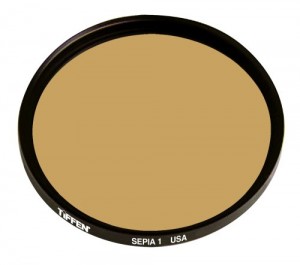Filters can enhance the final image in both black & white and color photography. The purpose of lens filters is to alter the characteristics of light passing through the lens. Filters can reduce the light quantity, can modify the light color for correcting rendition deficiencies or can create special effects.
There are many types of filters and the majority are designed for color correction, here will be described only the most widely used photographic filters.
Remember that when you use some filters, you may have to increase the exposure time of your camera for light compensation.
UV Filter can immunize your camera lens against ultraviolet rays and can avoid blue haze in mountain areas. Furthermore, it helps preventing the camera lens from being scratched or broken.

Polarizer Filter will reduce reflections when shooting through the glass, water etc. but will also improve the saturation of the colors without affecting the hues of image colors. Polarizer filters can also reduce the haze effects, and can create deep blue skies in images.
They don’t really affect the colors but only tend to darken the images creating a sensation of more saturated colors. They can be used for both B&W and color photography. Here you can find more information about the polarizing filter.

Sepia Filter will render the original image into a simple and nice duo tone image (kind of old photo). All the light that passes through the filter will be converted to the simple sepia tone. These filters are available with various tone intensities.

Neutral Density Filter (ND) acts like sunglasses, these filters can reduce the intensity of light entering the lens and will eliminate too bright areas in an image making possible the usage of a larger aperture than usually. These filters will not change the reproduction of the colors.
A ND filter will affect both white and colored light in the same way, in the sense that will only decrease the light intensity, thus, making these filters useful in both B&W and color photography.

ND filters are available in various densities, but most popular ones are presented in the table below:

